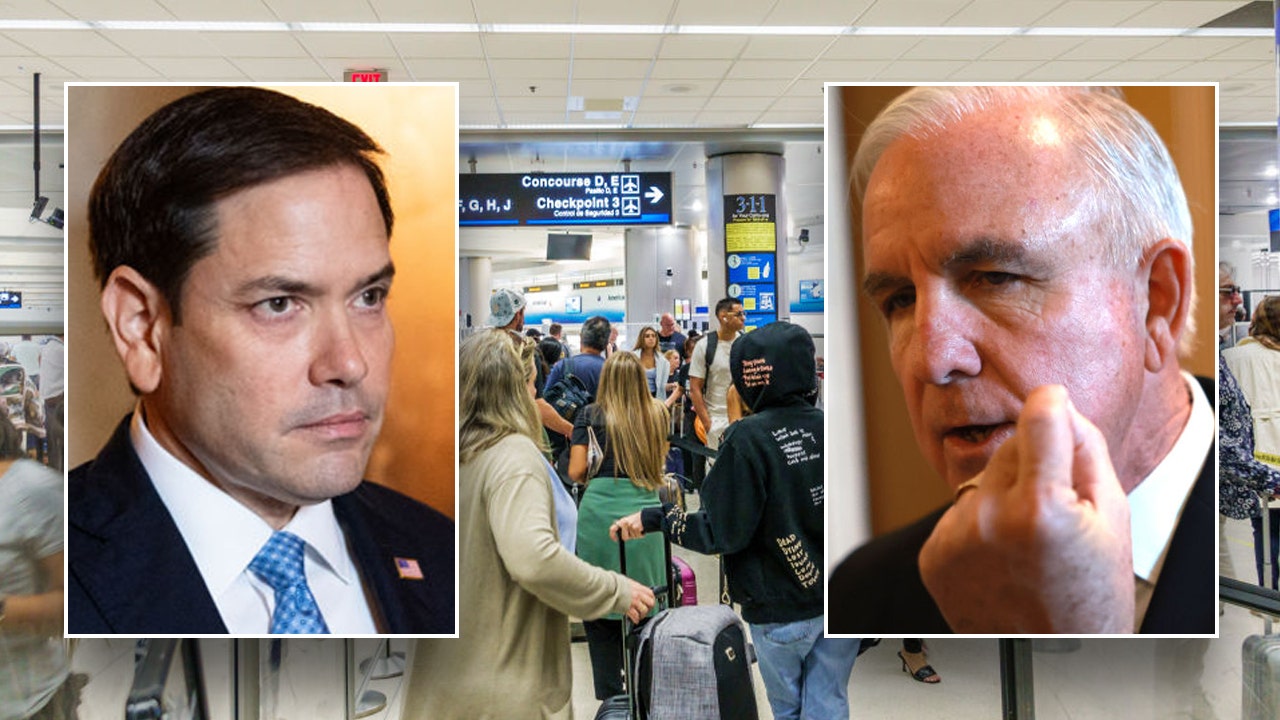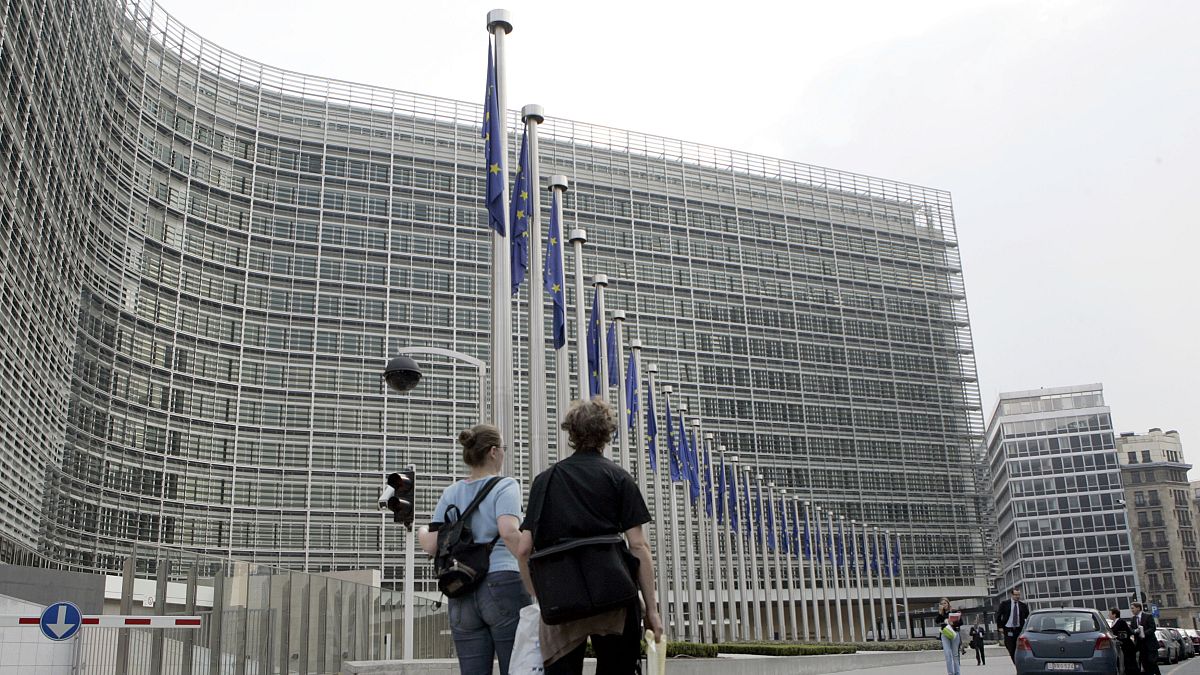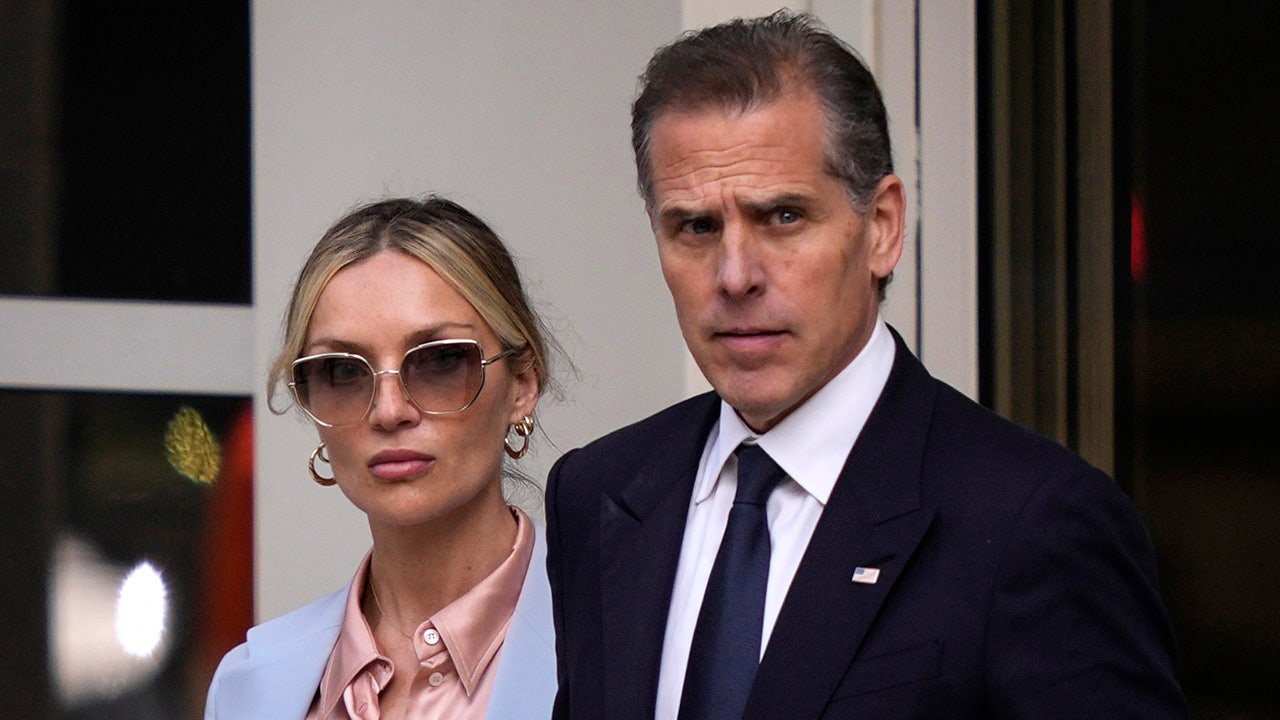Illinois
Today in History: Former Illinois Gov. Rod Blagojevich begins serving sentence

Today is Friday, March 15, the 75th day of 2024. There are 291 days left in the year.
Today’s highlight in history:
On March 15, 2012, convicted former Illinois Gov. Rod Blagojevich walked into a federal prison in Colorado, where the 55-year-old Democrat began serving a 14-year sentence for corruption. (He was released in February 2020 after President Donald Trump commuted his sentence.)
On this date:
In 44 B.C., Roman dictator Julius Caesar was assassinated by a group of nobles that included Brutus and Cassius.
In 1493, Italian explorer Christopher Columbus arrived back in the Spanish harbor of Palos de la Frontera, two months after concluding his first voyage to the Western Hemisphere.
In 1820, Maine became the 23rd state.
In 1917, Czar Nicholas II abdicated in favor of his brother, Grand Duke Mikhail Alexandrovich, who declined the crown, marking the end of imperial rule in Russia.
In 1919, members of the American Expeditionary Force from World War I convened in Paris for a three-day meeting to found the American Legion.
In 1944, during World War II, Allied bombers again raided German-held Monte Cassino.
In 1965, President Lyndon B. Johnson, addressing a joint session of Congress, called for new legislation to guarantee every American’s right to vote; the result was passage of the Voting Rights Act of 1965.
In 1972, “The Godfather,” Francis Ford Coppola’s epic gangster movie based on the Mario Puzo novel and starring Marlon Brando and Al Pacino, premiered in New York.
In 1977, the situation comedy “Three’s Company,” starring John Ritter, Joyce DeWitt and Suzanne Somers, premiered on ABC-TV.
In 2005, former WorldCom chief Bernard Ebbers was convicted in New York of engineering the largest corporate fraud in U.S. history. (He was later sentenced to 25 years in prison.)
In 2011, the Syrian civil war had its beginnings with Arab Spring protests across the region that turned into an armed insurgency and eventually became a full-blown conflict.
In 2012, convicted former Illinois Gov. Rod Blagojevich (blah-GOY’-uh-vich) walked into a federal prison in Colorado, where the 55-year-old Democrat began serving a 14-year sentence for corruption. (He was released in February 2020 after President Donald Trump commuted his sentence.)
In 2018, a pedestrian bridge that was under construction collapsed onto a busy Miami highway, crushing vehicles beneath massive slabs of concrete and steel; six people died and 10 were injured.
In 2019, a gunman killed 51 people at two mosques in Christchurch, New Zealand, streaming the massacre live on Facebook. (Brenton Tarrant, an Australian white supremacist, was sentenced to life in prison without parole after pleading guilty to 51 counts of murder and other charges.)
In 2020, the Federal Reserve took massive emergency action to help the economy withstand the coronavirus by slashing its benchmark interest rate to near zero and saying it would buy $700 billion in treasury and mortgage bonds. After initially trying to keep schools open, New York City Mayor Bill de Blasio said the nation’s largest public school system would close in hopes of curbing the spread of the virus.
In 2021, actor Yaphet Kotto, whose films included “Midnight Run,” the James Bond movie “Live and Let Die” and “Alien,” died in the Philippines at 81.
In 2022, Russia stepped up its bombardment of the Ukrainian capital Kyiv, while an estimated 20,000 civilians fled the desperately encircled port city of Mariupol by way of a humanitarian corridor.
In 2023, the American Kennel Club announced that the French bulldog had become the most popular breed in the U.S., overtaking the Labrador retriever, which had been on top for more than three decades.
Today’s Birthdays: Actor Judd Hirsch is 89. Jazz musician Charles Lloyd is 86. Rock musician Phil Lesh is 84. Singer Mike Love (The Beach Boys) is 83. Rock singer-musician Sly Stone is 81. Rock singer-musician Howard Scott (War; Lowrider Band) is 78. Rock singer Ry Cooder is 77. Actor Frances Conroy is 71. Actor Craig Wasson is 70. Rock singer Dee Snider (Twisted Sister) is 69. Actor Joaquim de Almeida is 67. Actor Park Overall is 67. Movie director Renny Harlin is 65. Model Fabio is 63. Singer Sananda Maitreya is 62. Rock singer Bret Michaels (Poison) is 61. R&B singer Rockwell is 60. Actor Chris Bruno is 58. Actor Kim Raver is 57. Rock singer Mark McGrath (Sugar Ray) is 56. Rock musician Mark Hoppus is 52. Country singer-musician Matt Thomas (Parmalee) is 50. Actor Eva Longoria is 49. Rapper-musician will.i.am (Black Eyed Peas) is 49. Rock DJ Joseph Hahn (Linkin Park) is 47. Rapper Young Buck is 43. Actor Sean Biggerstaff is 41. Actor Kellan Lutz is 39. Actor Caitlin Wachs is 35.

Illinois
Analyst warns Illinois betting tax hike could trigger similar moves in other states
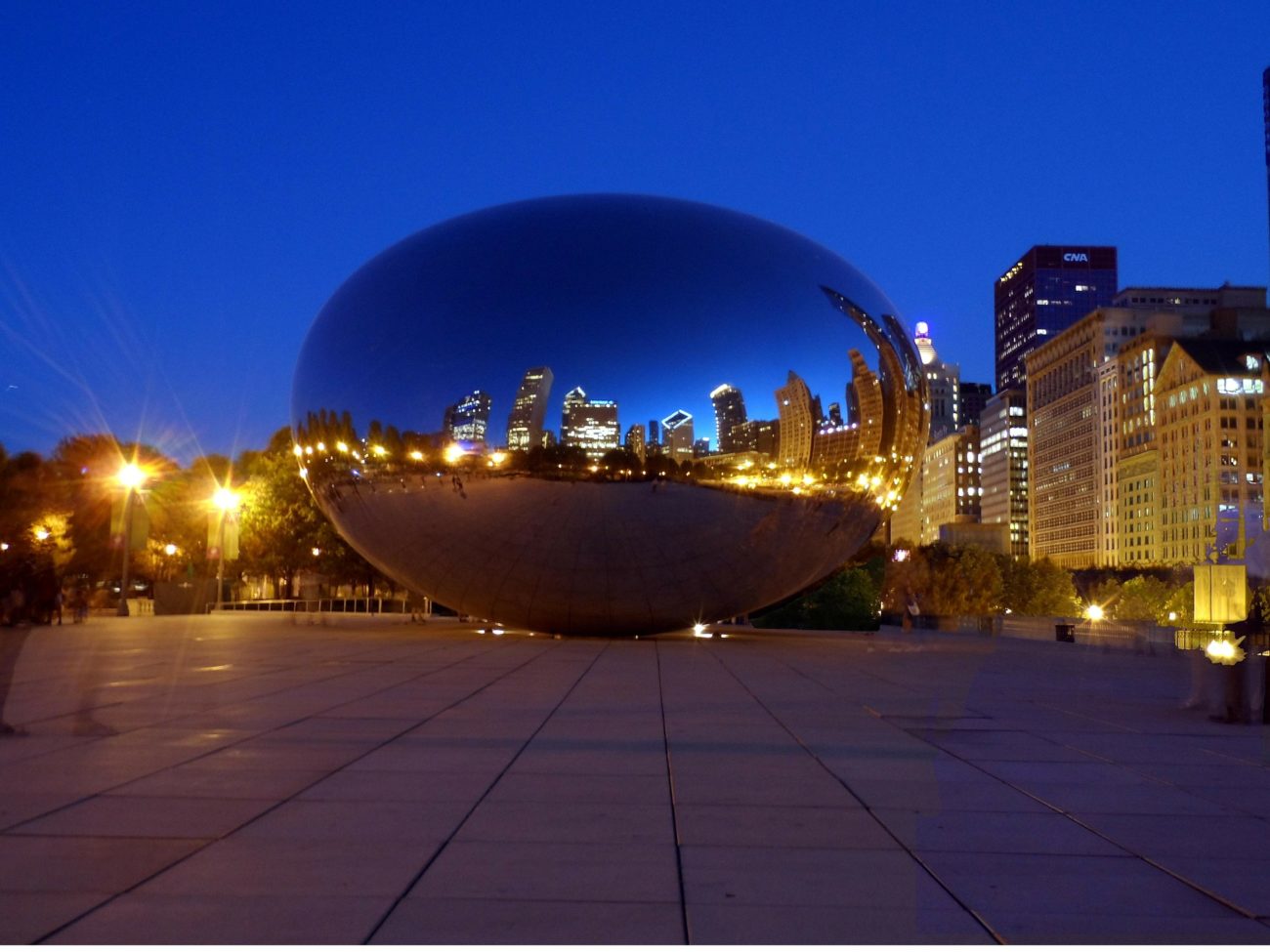
The decision by lawmakers in Illinois to push ahead with an increase in sports betting tax could push other states across the US to take similar action, an analyst from consultancy B Global has warned.
Last week, the Illinois house of representatives passed a progressive wagering tax rate. This will see the state’s most prolific sports betting operators pay tax at 40%, a sharp rise from the current rate of 15%.
The new-look structure sets rates at between 20% and 40%, depending on each operator’s adjusted gaming revenue (AGR). Operators posting more than $200m (£157m/€184m) face the highest rate of 40% – second-highest tax rate in the US behind New York at 51%.
Other boundaries include a 20% tax rate for operators with an AGR of under $30m, 25% for between, 30m and $50m, 30% for AGR ranging from $50m to $100m, and 35% for AGR of $100m to $200m.
The proposal, which forms part of the FY2025 budget in Illinois, is now with Illinois governor JB Pritzker for sign-off. Should Pritzker decide the pass the law, the new rates will come into effect from 1 July.
Potential knock-on effect of betting tax increase
Brendan Bussmann of B Global, a consultancy serving the gaming, sports and hospitality industries, has now tabled further concerns through a note from Truist. These primarily relate to the knock-on effect the increase could have, saying further states could follow suit with similar increases.
“With Illinois the second state to increase its tax rate [after Ohio raised its rate from 10% to 20% in 2023], investors have an increased concern around contagion,” Bussmann said.
Singling out other states, Bussmann highlights recent activity elsewhere that could signal a move to higher taxes. Massachusetts considered a hike this year, though it was quickly rejected, with Bussmann saying this is unlikely to pass in the future.
Bussmann said there has also been talk about a hike in New Jersey. However, he believes this is unlikely given how seasoned the state is with governing gaming policy. In addition, he referenced Pennsylvania as a possible candidate, but said attention here is more likely to be on the proliferation of skill-based games.
Higher taxes punish largest contributors in Illinois
Bussmann, himself a proponent of lower tax operating environments, also criticised Illinois for going after the most lucrative operators. He noted how the higher tax rates will hit the operators that already contribute the most tax revenue in the state.
He also warned that pushing tax up could have a negative impact on the overall market in Illinois. With operators facing higher costs, this may see them withdraw promotions, cut back on their offering and offer worse odds.
DraftKings and FanDuel Group’s parent company Flutter Entertainment both saw their stock price declinewhen the plans were announced. DraftKings and Flutter would be facing the highest rate of tax, with both having AGR un excess of $200m.
In addition, Bussmann went as far to say as the rise would be most beneficial for offshore betting operators. As these brands do not pay tax, any potential exit of licensed operators from the market would push more traffic their way.
What is happening elsewhere?
Longer-term, Bussmann worries states yet to legalise betting will institute higher tax rates at conception without understanding industry dynamics.
Among the states yet to legalise wagering are Minnesota, which ran out of time in the latest legislative session, Georgia, and Missouri, where a ballot initiative aimed at this November’s ballot will likely fae strong opposition from land-based casinos.
Bussmann said California and Texas continue to be key states to watch, given their size and the potential impact on the overall legal gambling picture in the US. According to Bussmann, California is having productive conversations around sports betting being on the ballot in 2026. However, he adds that a 2028 move is more likely, given ongoing tribal opposition.
As for Texas, opposition from Governor Greg Abbott to legal gambling means any move is not likely for several years, perhaps as far ahead as 2027.
Elsewhere, Bussmann notes the decision by the DC Office of Lottery and Gaming to switch from Gambet DC to FanDuel. This, he says, has seen an immediate pickup in traction – to the point where there is now talk of opening up the market to other operators.
Could we see more legal igaming?
Away from sports betting, Bussmann acknowledges an effort by Arkansas to consider legal igaming earlier this year. However, this ultimately came to nothing, with Bussmann saying legalisation is not likely to be imminent,
Maryland also failed to get igaming across the line during the last session, though continues to face budget constraints potentially driving the conversation.
In addition, Illinois itself remains a candidate for legalising igaming, with Bussmann expecting the state to make a move at some point. However, he recognises how other legal activity in the state could slow progress.
Alongside the higher sports betting tax, Illinois faces expanding video gaming terminals into Chicago and Bally’s building a land-based casino in the downtown region.
Illinois
Please Not Illinois: An Open Letter To Penn State Athletics

The Penn State White Out, as this is published, should be 150 days away.
That’s when Ohio State comes to town to take on the Nittany Lions on Saturday, November 2, at Beaver Stadium.
Alternatively, the White Out could come in 123 days, when UCLA comes to Happy Valley on Saturday, October 5. It could happen in 157 days, when the final Pac-12 champion, Washington, comes to Penn State.
The White Out shouldn’t come in 116 days when Illinois makes a routine pilgrimage to one of college football’s greatest cathedrals.
However, Illinois is starting to seem like a possible outcome for Penn State’s White Out opponent. With the news that NBC wants to put the Illinois game at 7:30 p.m. and no guarantee that any other home game will get the same blessing from a network, the Fighting Illini may appear in their second-ever White Out game.
That’s not what the White Out should be. For the past few years, it’s seemed Penn State has forgotten that.
The 2023 matchup against Iowa was, well, OK. There wasn’t really any concern Penn State could drop that game, but Iowa was a good enough opponent to justify giving it Penn State’s biggest game of the year. West Virginia (maybe) or Michigan (definitely) would have been better options, but West Virginia came early in the season and Michigan was always going to be a noon kickoff. Blame FOX.
The 2022 White Out against Minnesota was a waste of time. It was Minnesota, for goodness’ sakes.
When Penn State designated Minnesota as its White Out opponent, James Franklin said a survey of Penn State fans showed they cared more about the White Out being a night game than being against a high-level opponent. That’s why Ohio State wasn’t the the White Out opponent in 2022 and why Michigan got the Stripe Out in 2023.
It was a mistake for Penn State to avoid a high-quality opponent in both those scenarios. It can only get worse in 2024 if the Nittany Lions settle for Illinois.
Penn State Athletics, it really doesn’t matter who the White Out opponent is this year. Just don’t make it Illinois.
Illinois is such a boring team that after last year’s game, everyone wrote about Penn State’s kicker because there wasn’t nothing better to write about. Put those poor Illini, who couldn’t fit a capacity crowd into their 60,000 seat stadium, into a White Out, and it’s a snooze fest.
The 2024 season presents plenty of opportunity for Penn State to find creative White Out opponents. Washington and UCLA might not have the best teams next year, but they’re both new to the Big Ten and getting their first taste of that style of football. Ohio State is, well, Ohio State. Always a good White Out opponent.
Sure, all three of those games could fall victim to the noon kickoffs that plague college football. However, any of those games at noon is better than Illinois in prime time.
Sometimes, Penn State, you just have to bite the bullet. You can still make prime time against Illinois fun — give it the Helmet Stripe game or the Stripe Out. Just don’t fall victim to giving Penn Staters their third boring White Out in as many years.
Please, Penn State. Anyone but the Illini.
Illinois
IDPH announces the largest measles outbreak in Illinois since 1990 officially contained
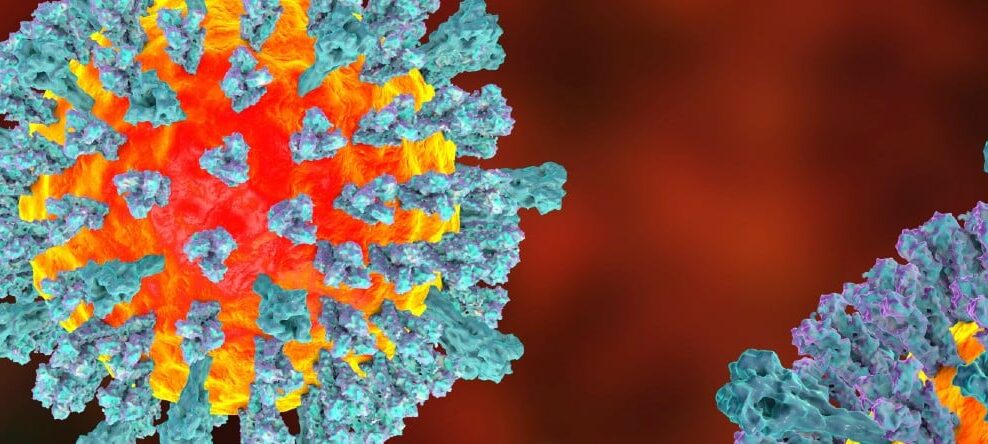
The Illinois Department of Public Health (IDPH) announced the largest measles outbreak to affect Illinois since 1990 is officially contained as no new cases have been reported for more than two incubation periods spanning 42 days.
A total of 67 measles cases were reported during the outbreak since March 7, officials said.
A vast majority of these cases were linked to a Chicago shelter for new arrivals, but cases were eventually reported in suburban Cook, DuPage, Lake and Will counties.
All cases were rapidly contained in all these other locations.
“I applaud all of the public health, health care, emergency management and social service staffers who worked so diligently to cooperate across jurisdictional lines to contain this measles outbreak,” said IDPH Director Dr. Sameer Vohra. “Public health is a team sport founded on partnership, and this was no better exemplified than during this recent outbreak. Vaccination remains our most effective tool to prevent future outbreaks. Please reach out to your primary care provider this summer to ensure that you are up to date on the MMR vaccine and all other routine immunizations.”
Throughout the outbreak, IDPH, the Illinois Department of Human Services (DHS), and Illinois Emergency Management Agency (IEMA) mobilized resources to support local public health partners and provided epidemiological support for county public health departments for Cook, DuPage, Lake and Will counties.
IDPH also expanded its laboratory capacity to expedite measles testing and provided results back faster than any commercial lab.
State and local partners convened educational and awareness sessions with clinicians, community leaders and school personnel which led to increased vaccinations, testing and rapid reporting of cases.
In addition, the state galvanized its public service sector through DHS to assist with contact tracing of those who had left the shelter system and re-organized mass events such as job fairs to minimize the risk of super-spreader events.
Most residents of Chicago and Illinois were vaccinated for measles routinely in childhood and therefore were not at risk during the outbreak.
IDPH stresses the importance of ensuring everyone in your family is up to date on their immunizations.
Since the COVID-19 pandemic, vaccination rates in the United States have dropped, increasing the likelihood of more cases of vaccine-preventable diseases.
Individuals can protect themselves and their communities by doing their part and ensuring their families are up to date on all recommended vaccines.
-
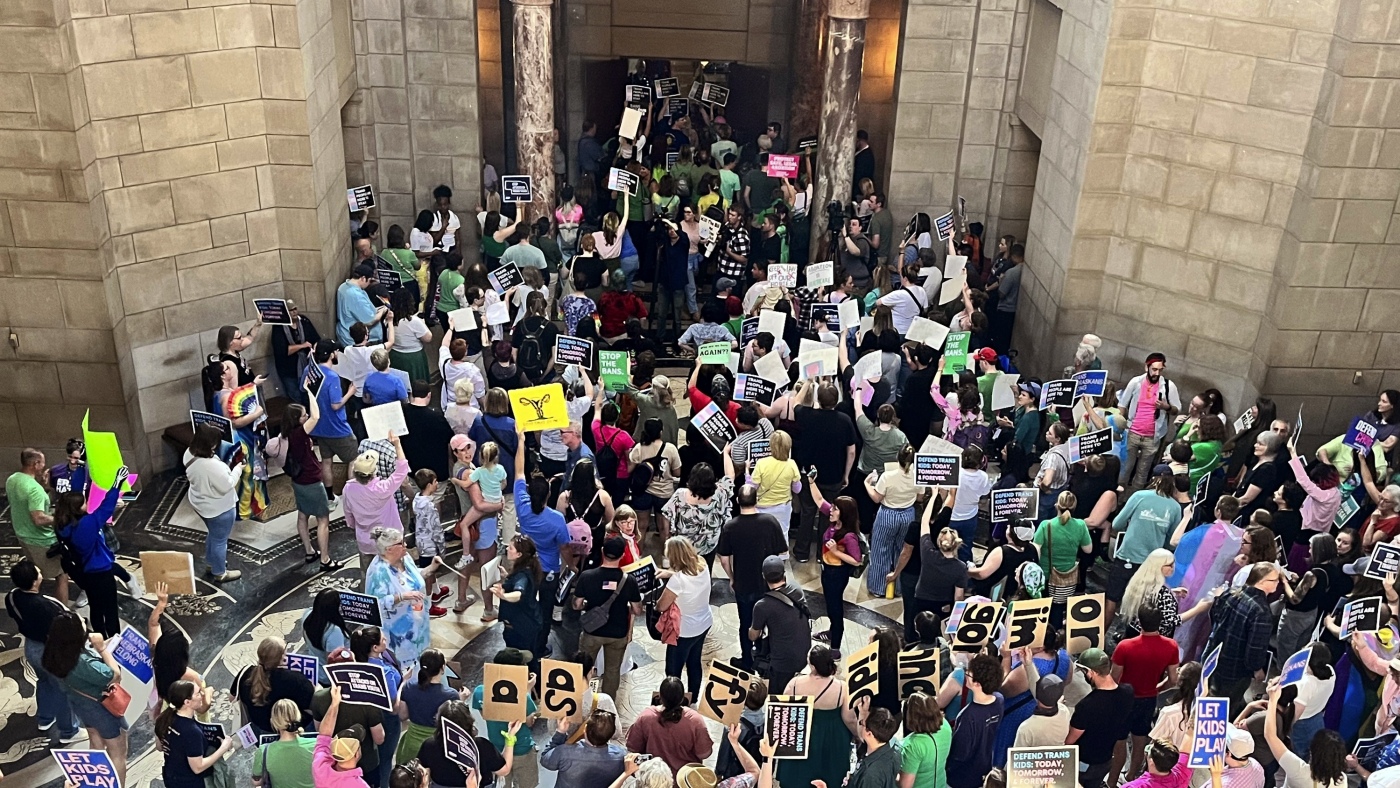
 News1 week ago
News1 week agoNebraska activists seek to put opposing abortion questions on the ballot
-

 Politics1 week ago
Politics1 week agoTop adviser to Dem Senate candidate posted photo with religious leader who compared Jews to termites
-
/cdn.vox-cdn.com/uploads/chorus_asset/file/24401980/STK071_ACastro_apple_0003.jpg)
/cdn.vox-cdn.com/uploads/chorus_asset/file/24401980/STK071_ACastro_apple_0003.jpg) Technology1 week ago
Technology1 week agoApple’s WWDC may include AI-generated emoji and an OpenAI partnership
-
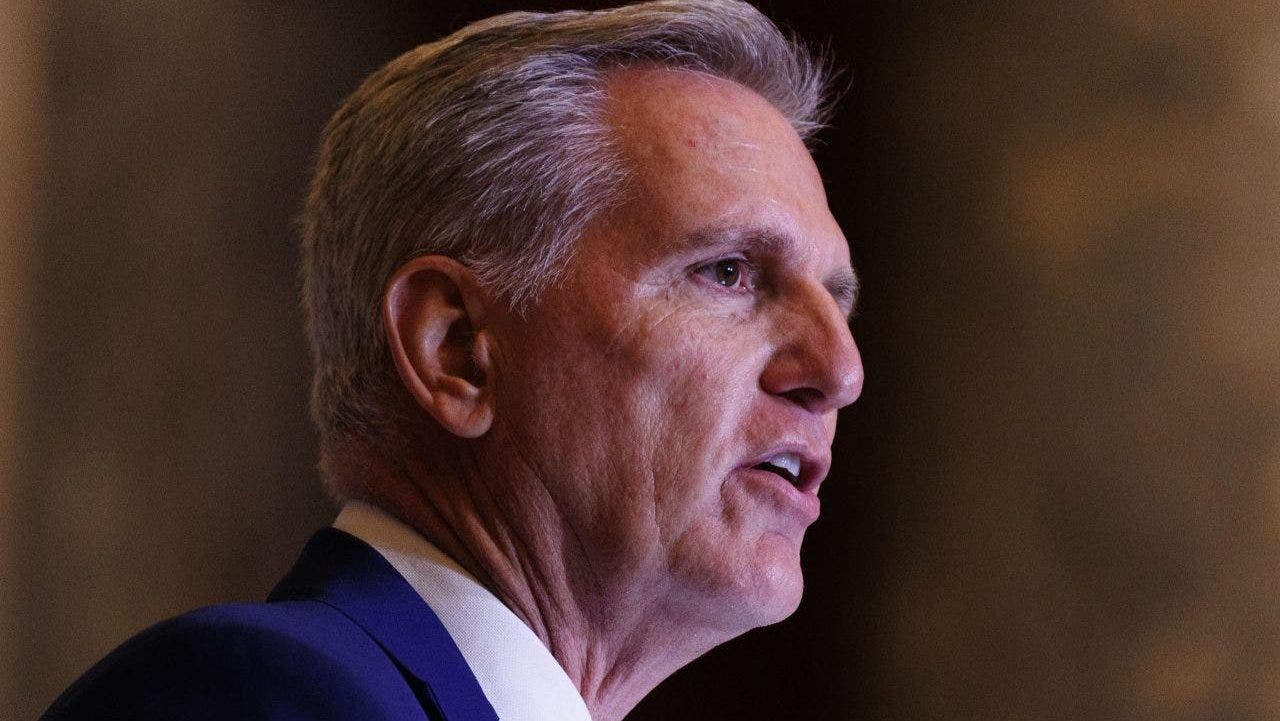
 Politics1 week ago
Politics1 week agoKevin McCarthy's ghost is haunting House GOPs' next big legislative fight
-
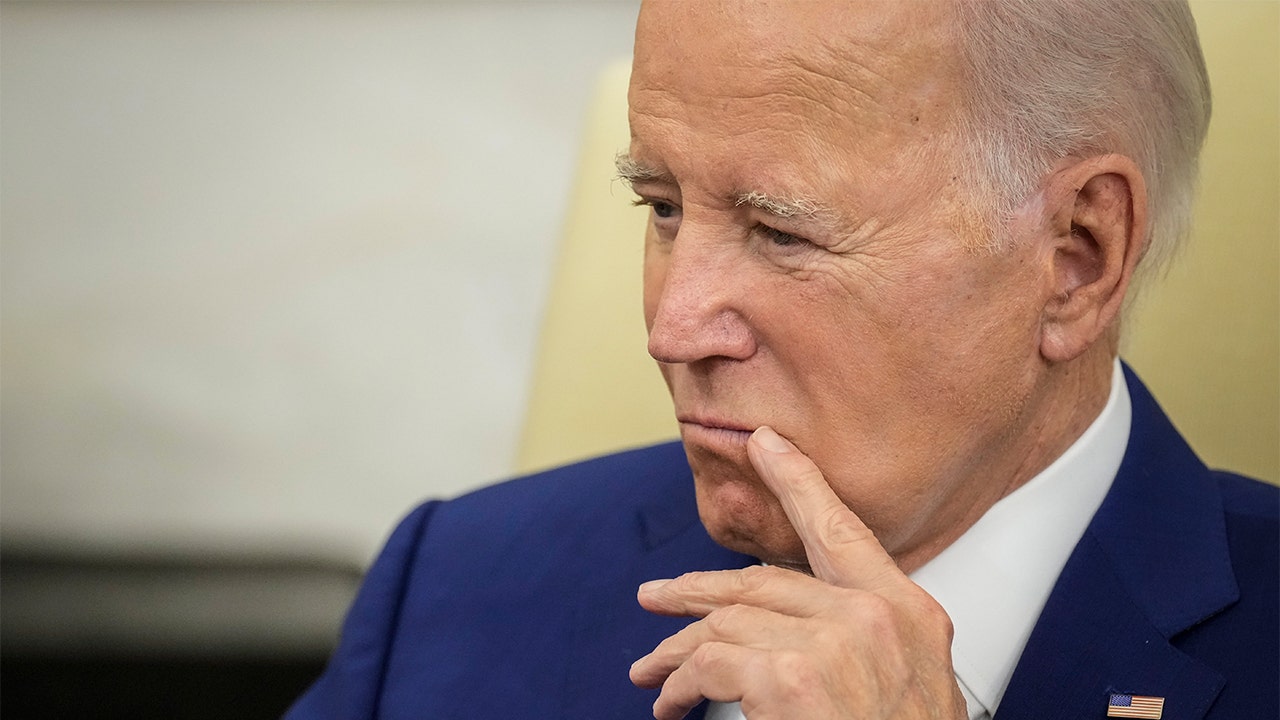
 Politics1 week ago
Politics1 week agoNATO boss takes apparent swipe at Biden, argues to end restrictions on US weapons for Russian targets
-

 Politics1 week ago
Politics1 week agoSenator blasts federal parks officials for reportedly barring American flags in beloved national park
-

 World6 days ago
World6 days agoCould a left-nationalist party emerge in the next EU parliament?
-

 World1 week ago
World1 week agoLithuania’s Gitanas Nauseda declares victory in presidential election















